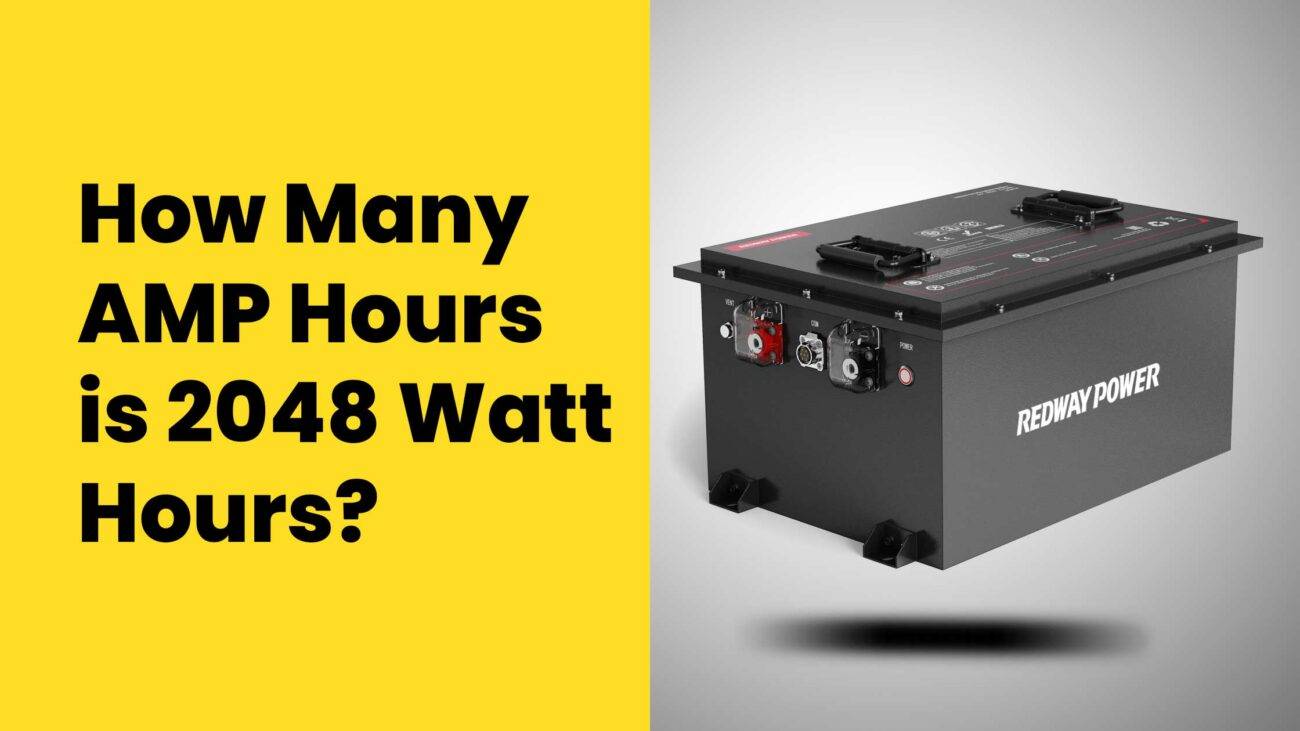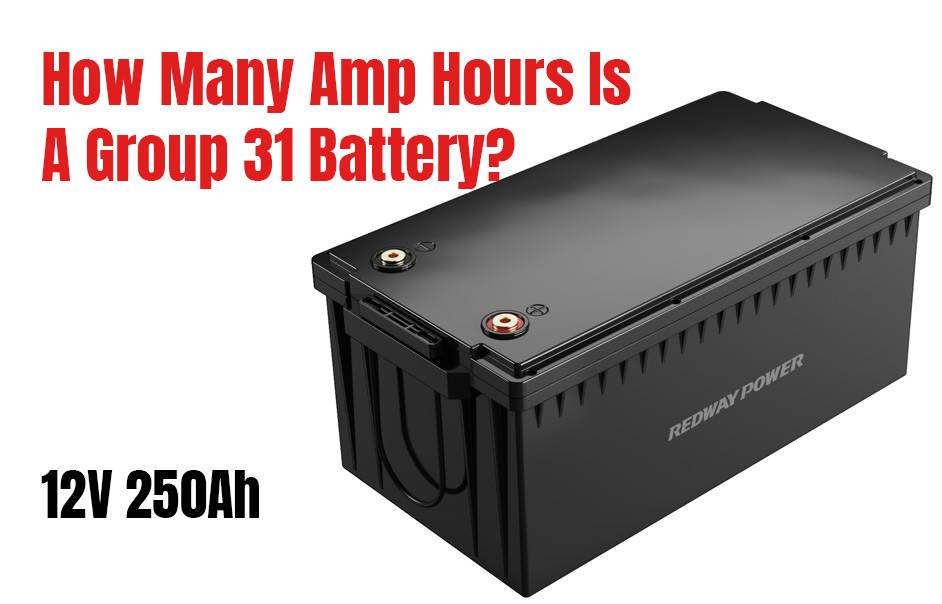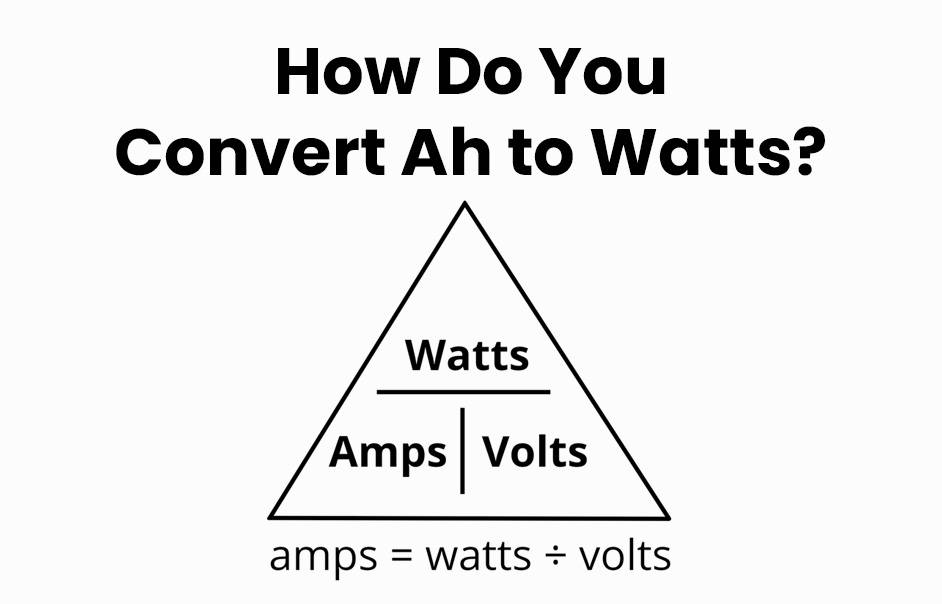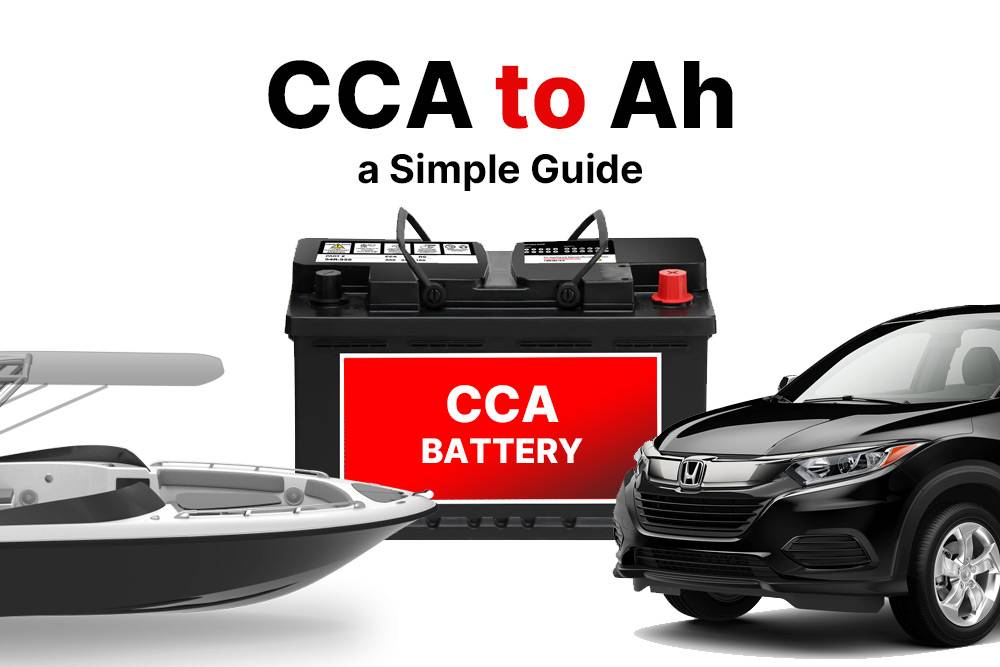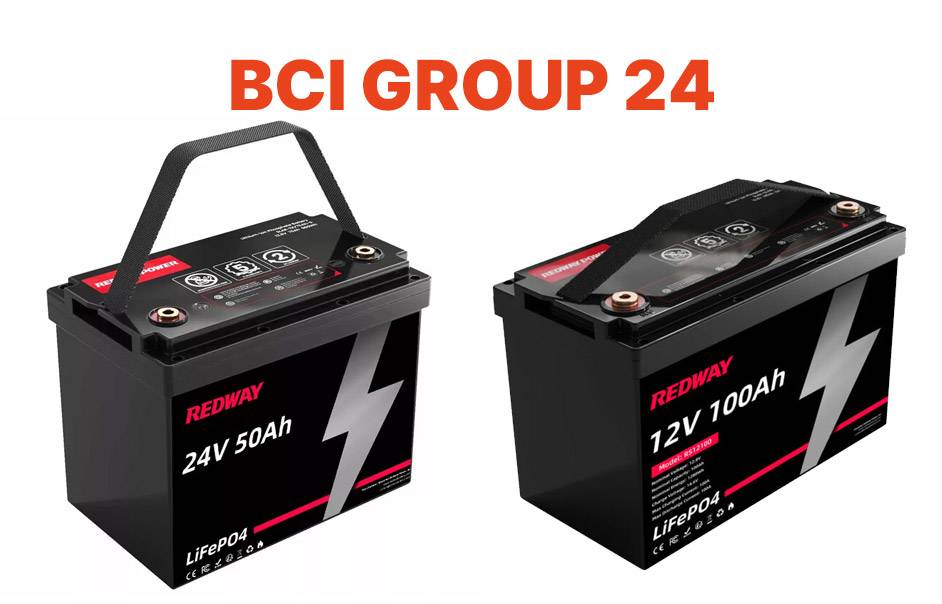- Forklift Lithium Battery
-
48V
- 48V 210Ah
- 48V 300Ah
- 48V 420Ah (949 x 349 x 569 mm)
- 48V 420Ah (950 x 421 x 450 mm)
- 48V 456Ah
- 48V 460Ah (830 x 630 x 590 mm)
- 48V 460Ah (950 x 421 x 450 mm)
- 48V 460Ah (800 x 630 x 600 mm)
- 48V 460Ah (820 x 660 x 470 mm)
- 48V 500Ah
- 48V 560Ah (810 x 630 x 600 mm)
- 48V 560Ah (950 x 592 x 450 mm)
- 48V 600Ah
- 48V 630Ah
-
48V
- Lithium Golf Cart Battery
- 12V Lithium Battery
12V 150Ah Lithium RV Battery
Bluetooth App | BCI Group 31
LiFePO4 Lithium
Discharge Temperature -20°C ~ 65°C
Fast Charger 14.6V 50A
Solar MPPT Charging - 24V Lithium Battery
- 36V Lithium Battery
- 48V Lithium Battery
-
48V LiFePO4 Battery
- 48V 50Ah
- 48V 50Ah (for Golf Carts)
- 48V 60Ah (8D)
- 48V 100Ah (8D)
- 48V 100Ah
- 48V 100Ah (Discharge 100A for Golf Carts)
- 48V 100Ah (Discharge 150A for Golf Carts)
- 48V 100Ah (Discharge 200A for Golf Carts)
- 48V 150Ah (for Golf Carts)
- 48V 160Ah (Discharge 100A for Golf Carts)
- 48V 160Ah (Discharge 160A for Golf Carts)
-
48V LiFePO4 Battery
- 60V Lithium Battery
-
60V LiFePO4 Battery
- 60V 20Ah
- 60V 30Ah
- 60V 50Ah
- 60V 50Ah (Small Size / Side Terminal)
- 60V 100Ah (for Electric Motocycle, Electric Scooter, LSV, AGV)
- 60V 100Ah (for Forklift, AGV, Electric Scooter, Sweeper)
- 60V 150Ah (E-Motocycle / E-Scooter / E-Tricycle / Tour LSV)
- 60V 200Ah (for Forklift, AGV, Electric Scooter, Sweeper)
-
60V LiFePO4 Battery
- 72V~96V Lithium Battery
- Rack-mounted Lithium Battery
- E-Bike Battery
- All-in-One Home-ESS
- Wall-mount Battery ESS
-
Home-ESS Lithium Battery PowerWall
- 24V 100Ah 2.4kWh PW24100-S PowerWall
- 48V 50Ah 2.4kWh PW4850-S PowerWall
- 48V 50Ah 2.56kWh PW5150-S PowerWall
- 48V 100Ah 5.12kWh PW51100-F PowerWall (IP65)
- 48V 100Ah 5.12kWh PW51100-S PowerWall
- 48V 100Ah 5.12kWh PW51100-H PowerWall
- 48V 200Ah 10kWh PW51200-H PowerWall
- 48V 300Ah 15kWh PW51300-H PowerWall
PowerWall 51.2V 100Ah LiFePO4 Lithium Battery
Highly popular in Asia and Eastern Europe.
CE Certification | Home-ESS -
Home-ESS Lithium Battery PowerWall
- Portable Power Stations
How Many Amp Hours Does a Group 24 Battery Have?
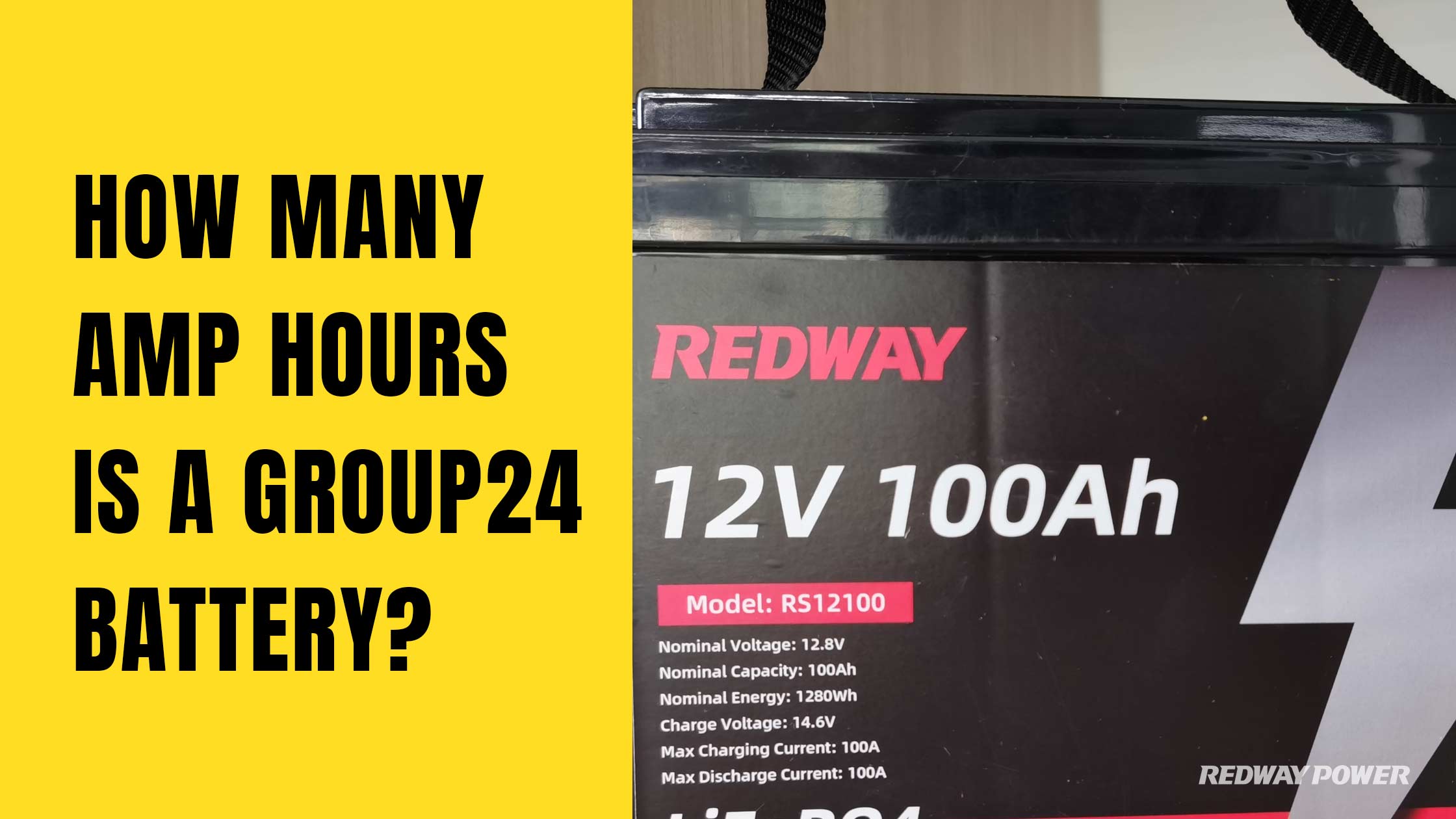
A Group 24 battery typically has an amp hour rating ranging from 70 to 85 amp hours. This capacity makes it suitable for various applications, including RVs and marine use, providing reliable power for starting and deep-cycle needs.
How is a Group 24 Battery Defined?
A Group 24 battery is standardized in size, measuring approximately 10.25 inches in length, 6.75 inches in width, and 8.875 inches in height. It is commonly used in applications such as marine vehicles, RVs, and backup power systems. The nominal voltage is typically 12 volts, with varying amp hour ratings depending on the manufacturer and specific model.Specification Chart
| Specification | Measurement |
|---|---|
| Length | 10.25 inches |
| Width | 6.75 inches |
| Height | 8.875 inches |
| Voltage | 12 volts |
| Typical Ah Rating | 70 – 85 amp hours |
What Factors Influence the Amp Hour Rating of a Group 24 Battery?
Several factors can affect the amp hour rating:
- Internal Components: Higher quality materials generally yield higher amp hour ratings.
- Operating Temperature: Extreme temperatures can reduce performance and capacity.
- Battery Age and Condition: Aging batteries lose capacity; regular maintenance can help.
- Usage Patterns: Heavy usage or deep discharges can shorten effective capacity.
- Manufacturer Differences: Variations in technology and construction methods can lead to different ratings.
Understanding these factors ensures you choose a battery that meets your power needs while maximizing longevity.
How Can You Understand the Amp Hour Rating of a Group 24 Battery?
The amp hour rating indicates how much energy the battery can store and supply over time. For Group 24 batteries, this typically ranges from 70 to 85 amps, but it may vary based on specific models and manufacturers. A higher rating generally means longer-lasting performance, but consider space and weight constraints when selecting a battery.Amp Hour Rating Chart
| Amp Hour Rating | Typical Applications |
|---|---|
| 70 Ah | Small RVs, backup systems |
| 85 Ah | Larger RVs, marine applications |
What Tips Can Help Maximize the Amp Hour Capacity of a Group 24 Battery?
To optimize your battery’s performance:
- Optimize Charging: Follow manufacturer guidelines to avoid overcharging or undercharging.
- Avoid Deep Discharges: Prevent complete draining to prolong lifespan.
- Keep It Cool: Minimize heat exposure to maintain performance.
- Use Energy-Efficient Devices: This reduces overall power consumption.
- Maintain Clean Connections: Regularly clean terminals for better conductivity.
- Consider Parallel Connection: Connect multiple batteries to increase total capacity if needed.
Implementing these strategies will enhance your battery’s effectiveness and lifespan.
How Does a Group 24 Battery Compare to Other Battery Sizes?
When compared to other sizes like the Group 27 battery, which typically has an amp hour rating of 85 to 100, the Group 24 offers less capacity but may be more suitable for applications with space or weight constraints. The choice between these batteries depends on specific power requirements and application scenarios.Comparison Factor Chart
| Comparison Factor | Group 24 | Group 27 |
|---|---|---|
| Typical Ah Rating | 70 – 85 Ah | 85 – 100 Ah |
| Size | Smaller | Larger |
| Common Applications | RVs, small boats | Larger RVs, off-grid systems |
What Should You Consider Before Purchasing a Group 24 Battery?
Before buying, consider:
- Size and Fit: Ensure it fits your application’s space constraints.
- Capacity Needs: Assess your power requirements to select an appropriate amp hour rating.
- Type of Use: Determine if you need a starting battery or deep-cycle capability.
- Manufacturer Reputation: Choose reputable brands known for quality and reliability.
These considerations will help you select the best battery for your needs.
Industrial News
Recent advancements in battery technology have highlighted the growing demand for efficient energy storage solutions across various sectors, including renewable energy systems and electric vehicles. Companies are investing in research to improve battery life and performance while reducing costs. Innovations such as lithium-ion alternatives are gaining traction, promising higher capacities and faster charging times, which could reshape market dynamics.
Redway Power Expert Views
“Understanding the specifications of batteries like the Group 24 is crucial for optimizing their use in practical applications,” states an expert from Redway Power. “As technology evolves, we see significant improvements in energy density and efficiency that directly benefit consumers looking for reliable power sources.”Frequently Asked Questions
- What is the typical lifespan of a Group 24 battery?
The lifespan varies but generally ranges from 3 to 5 years, depending on usage patterns and maintenance. - Can I use a Group 24 battery for starting my vehicle?
Yes, many Group 24 batteries are designed for starting applications but ensure they meet your vehicle’s specifications. - Are there different types of Group 24 batteries available?
Yes, they come in various chemistries including flooded lead-acid, AGM (Absorbent Glass Mat), and gel types, each suited for different applications. - How do I maintain my Group 24 battery?
Regularly check water levels (for flooded types), keep terminals clean, avoid deep discharges, and follow charging guidelines. - Is it possible to connect multiple Group 24 batteries together?
Yes, connecting multiple batteries in parallel can increase overall capacity while maintaining voltage levels.


















